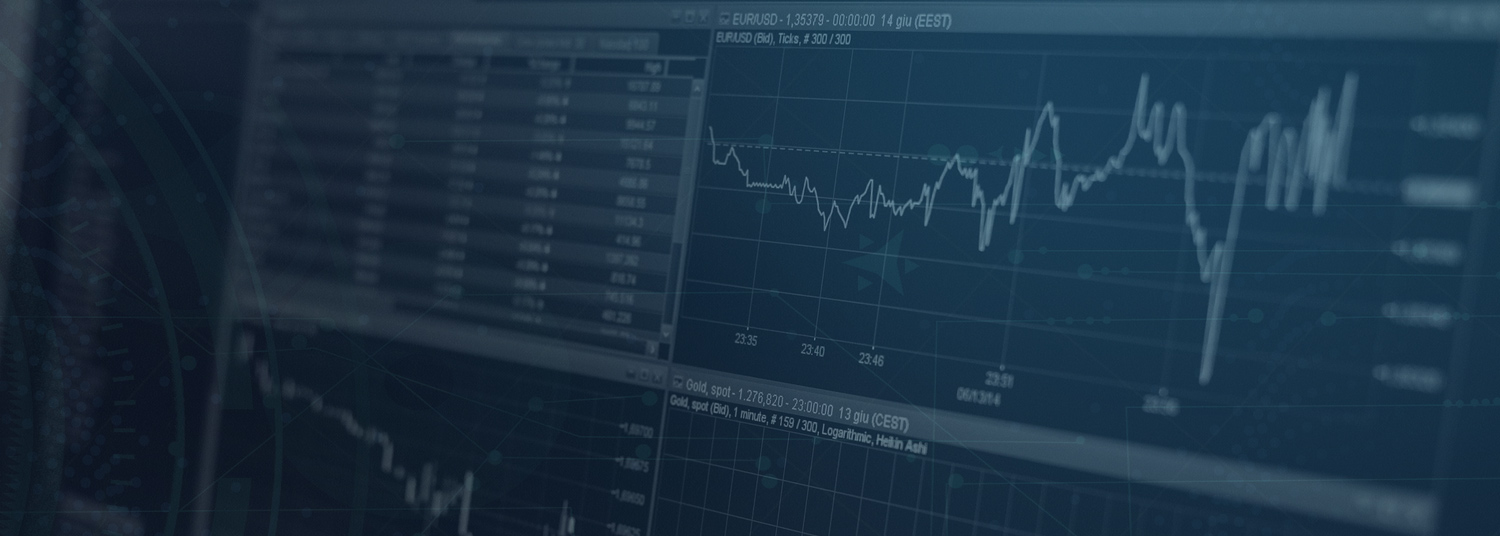How machine learning changes the banking industry

Nowadays, not a lot of people can imagine their lives without online banking, as it is comfortable for the client because of its simplicity, speed and services provided. Therefore, many banks are keen to develop and improve this sphere. The main priority is comfort of the user and that's why a lot of investments go to the development of Big Data. According to Gartner, today 34% of banks have invested in the development of these technologies.
Banks store everything: questionnaires, transaction history and communication with customers, internal information - in short, that's it. Information is usually more than a terra or even a petabyte. Artificial intelligence paired with Machine Learning allows the software to learn the behavior and needs of the client and make decisions autonomously. But for this, it usually takes a person to examine and approve decisions made artificially. Artificial intelligence and Machine Learning have been used for a long time, but they reach their peak with the help of Big Data: with which you can process huge amounts of information quickly and efficiently. The more information there is, the more the client's needs and behaviors are detected. It is for this reason that it is critically important for the banking industry to rely on and collect more information about each customer.
The reason for the development of the financial sector at the moment is its use of Big Data, which allows to provide a fully customized service for each individual client. Information is gold of the 21st century and these technologies use it to provide the services that the client already requires. One of the priorities of the financial sector now is the extraction of as much information about each client as possible to improve his experience. The most banal example will be operations in the ATM, which the client performs continuously. The purpose of the bank is to process information received about all transactions and at the next visit immediately perform the normal operation with a single button, without searching and clicking.
That's why International Data Corporation (IDC) forecasts the growth of profits in the field of Big Data Analytics to $ 200 billion dollars by 2020 (against $ 150 billion in 2017). The greatest amount of investment goes to Big Data startups, which are connected to the cloud and use the subscription system. Also, a large number of startups integrate Big Data Analytics with Artificial Intelligence and Machine Learning to enhance the capabilities of this field.
Information obtained with the help of Big Data can be used for:
Creation and functioning of the engine, which determines the optimal location for the opening of physical banks. The financial institution collects information about the most visited areas of the city, the time of visiting these areas, the shops into which their customers go, where the most and the least number of customers are geographically. With the help of that data and analytics, you can determine the most profitable and visited place to open a physical branch of the bank or any other financial institution.
Risk management and fraud prevention are the hottest topics for the bank industry at the moment and that is why these projects were the first ones to be addressed with innovative technologies of analytics, machine learning and Big Data. Banks calculate all possible variants of risks and scammers and block at the first suspicion.
Renewing the interest of the client base in the bank's services: In addition to accessing data about client’s economic activity, the bank can also receive external data, such as data from social networks or online behavior, and add this information to the ecosystem that surrounds the client. By analyzing this information, which is in Big Data, the bank discovers a large number of new opportunities. For example, if the user is discussing the possibility of buying a new car in the comments, the bank can generate credit or lease offers regarding the same car which the client wants about and send it immediately to him using e-mail or any other means of communication.
Determination of the best means of communication with the client. Customers demand the most comfortable means of communication, which they frequently use, such as social networks, e-mail or instant messengers. The bank must determine the priority channels of communications and send all alerts, new offers and contact through them. This will make the client feel that the bank is on the same wave with him and at the same time will allow the bank to spend less money on other means of communication.
Determine when the client plans to change the financial institution: by analyzing the internal and external customer data, it is possible to determine if the user is going to leave the bank. For example, if the client has not visited the physical branches of the bank for a long time, does not visit the website and is subscribed to the updates of other banks in the social networks, the chance that he will leave the bank can be predetermined. During this time, it is important for the bank to gain clients interest by recommending products or offers that the client is seeking at the moment.
One of the main problems with the use of Big Data, is the issue of ethical use of the results, customers should feel the sense of security of their private life while using services of the bank. The best way to use Big Data is to use it in the internal system of the institution, you don’t need to show the client that you have a lot of his private information. This is achieved through several steps, the first of which identifies the needs of certain clients, and the next step masks these needs using mass mailings or possible communication scenarios, adjusting them to those already in the Big Data database.